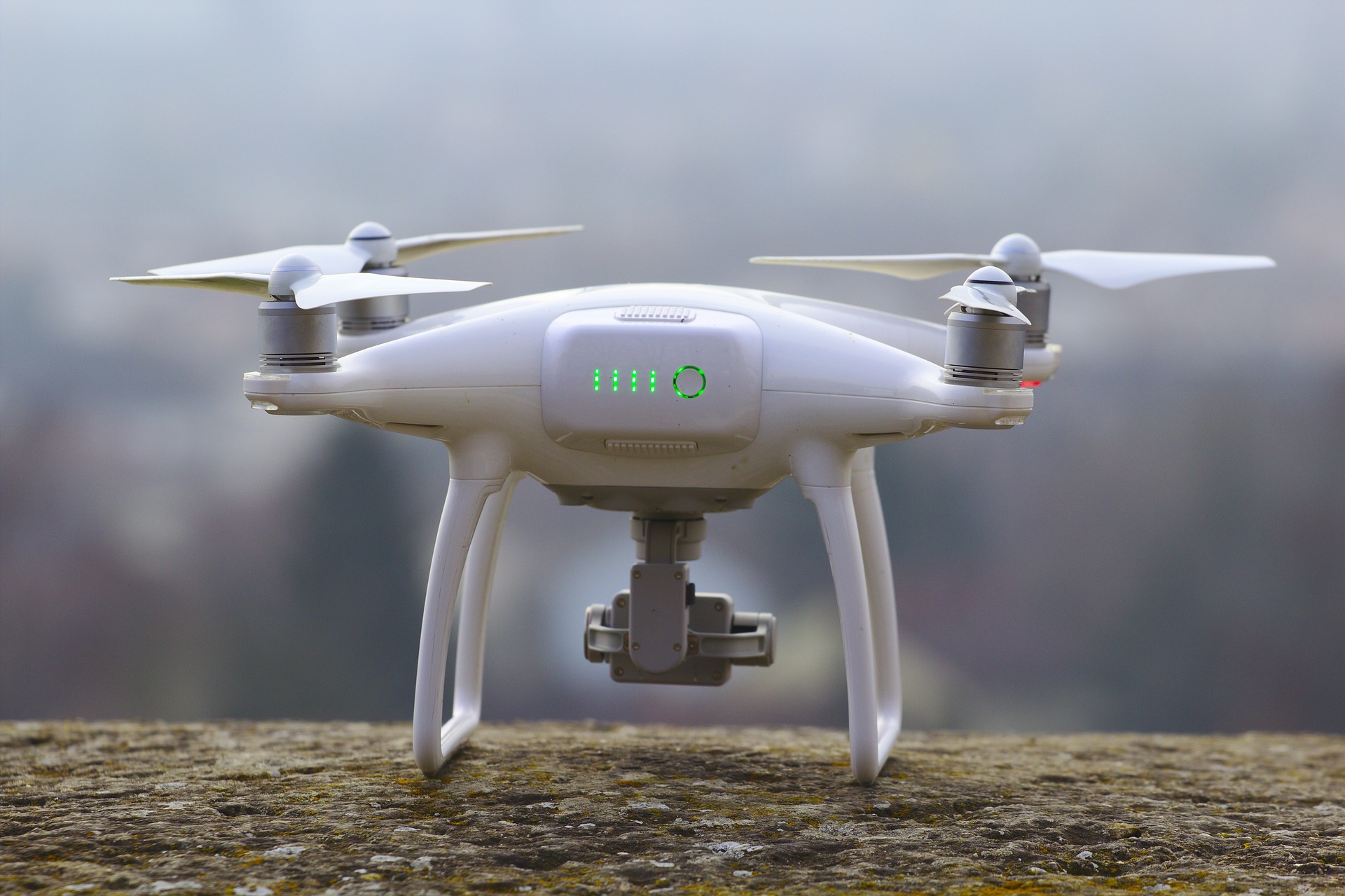The Exciting Potential of Nano-Drones: A Glimpse into Tomorrow's Sky
Imagine a buzzing, fluttering cloud in the sky—it's not a swarm of bees, it's hundreds of nano-drones. As technology advances, welcome to an era where tiny, palm-sized drones take center-stage.

Tiny Wonders: A Peek into the History of Nano-Drones
Drones, or “unmanned aerial vehicles” (UAVs), are nothing new. They have been used for military reconnaissance, delivering goods, and even pest control. But with the rise of miniaturization, the focus has progressively shifted to nano-drones. Smaller than a sparrow, they’re lightweight, affordable, and increasingly versatile gadgets.
In 2013, Harvard University revealed RoboBee, inspired by the biology of a bee and the insect’s hive behavior. Weighing less than a tenth of a gram, RoboBee showcased how far the technology had come and hinted at what was on the horizon.
The New Breed: Meet Today’s Nano-Drones
Fast forward to the present day, nano-drones have proliferated in both the consumer and industrial markets. Today, popular models like the Aerix Black Talon 2.0 and the Hubsan X4 take the lead in the consumer space for their ease of use and affordability.
Industrial nano-drones are more advanced, capable of inspecting tight spaces and complex infrastructure where human access is limited or unsafe. This capability is attractive in industries such as construction, oil, and gas, where inspections are costly and hazardous.
Anticipating the Price Range
Cost-wise, consumer nano-drones are available from as low as $30, making them an affordable gadget for the tech-savvy public. Industrial variants are heftily priced, anywhere from a few hundred dollars to tens of thousands, depending on their features and capabilities. As the market expands, competition could drive prices down, making them an increasingly common tool across industries.
On to the Future: Nano-Drones and Tomorrow’s World
Exploring the capabilities of nano-drones leads to exciting prospects. Apart from industrial inspection, they can aid environmental monitoring, from tracking endangered species to monitoring air pollution. They could be used in agriculture for precision farming, assessing crop health with a level of detail unimaginable with larger drones.
Moreover, the possibilities of nano-drones in emergency response are thrilling. They could navigate tight debris in search and rescue missions or deliver vital medical supplies in disaster scenarios. By bridging gaps in access and facilitating rapid response, nano-drones could redefine disaster recovery.
The Minor Giants of the Tech World
The rise of nano-drones mirrors the broader trend in technology: bigger isn’t always better. As these pocket-sized powerhouses become more advanced and affordable, their impact will extend well beyond their size suggests. As they flutter into our lives, keep an eye out for the buzz about the surprising places they’re beginning to appear.
In summary, there’s an underlying excitement as we witness what could be the dawn of a new era in drone technology. Regardless of size, these flying marvels promise to further enhance our lives, making the future of nano-drones a truly thrilling prospect.




